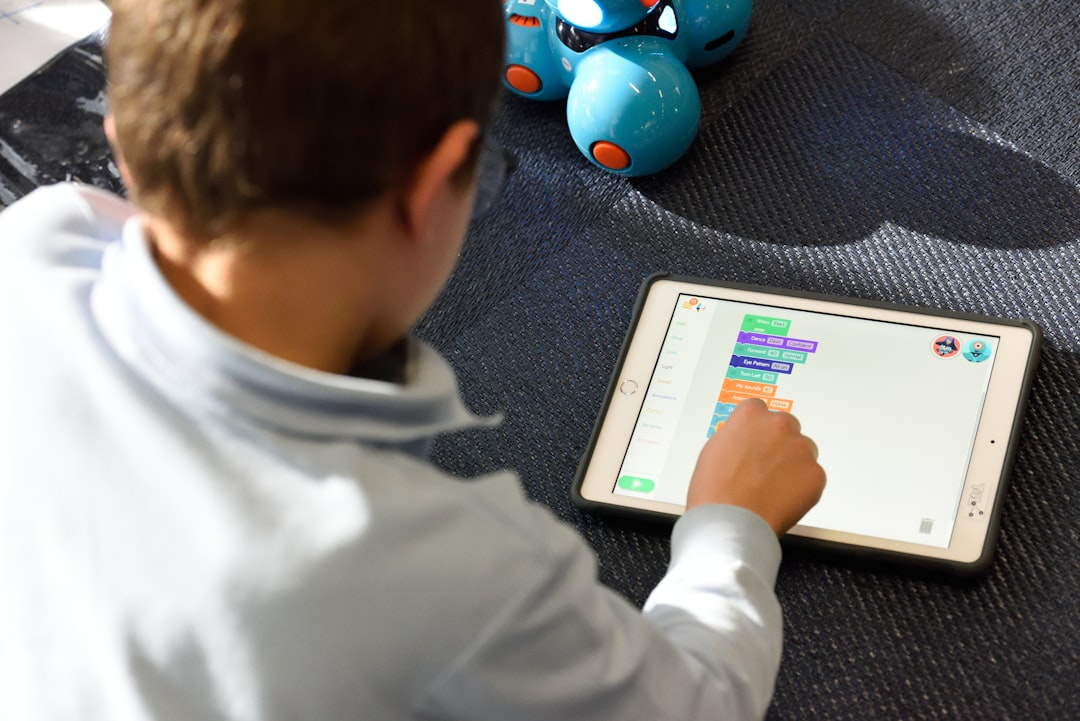In today’s swiftly changing educational landscape, the concept of home learning has become more than just an alternative; it’s a necessary and versatile component of child education. With the rise of digital platforms and diverse learning resources, parents are now equipped with an array of tools to facilitate effective learning environments at home. This guide explores the essentials of setting up a conducive learning space, integrating effective teaching methodologies, and utilizing technology to enhance learning experiences for children.
The Home Classroom Setup
Creating a dedicated learning space at home is crucial. This area should be quiet, well-lit, and free from distractions. Equip the space with comfortable furniture sized appropriately for children, ensuring they can focus for longer periods. A well-organized space with accessible learning materials, such as books, writing tools, and educational aids, promotes a sense of seriousness and structure similar to a school environment.
Engaging and Effective Teaching Methods
Interactive Learning Techniques
Interactive learning techniques can significantly enhance children’s engagement levels. Methods such as educational games, hands-on activities, and practical experiments make learning enjoyable and memorable. Tailoring these activities to align with your child’s interests boosts their willingness to participate and promotes deeper learning.
Incorporating Play in Education
Play is a powerful educational tool, especially for younger children. It helps develop cognitive and motor skills. Integrating play into daily learning activities can make lessons feel more like fun and less like work, helping children to develop a positive attitude towards learning.
Technology in Home Education
Selecting the Right Educational Technology
The use of technology in home education must be thoughtful and purposeful. Choose applications and digital tools that complement your educational goals. Tools like virtual reality (VR) can bring historical events to life, and interactive apps can make math and science concepts easier to grasp.
Online Resources and E-Learning
The internet is laden with educational resources that can enhance home learning. From online tutorials and courses to interactive learning websites, parents have a plethora of options to choose from. However, it’s essential to curate these resources to suit the educational level and needs of your child.
Routine and Scheduling
Maintaining a structured schedule is vital. Just like in a traditional school setting, a routine helps children to manage their time effectively and to balance learning with play and rest. Ensure the schedule is flexible enough to accommodate spontaneous educational opportunities and natural learning moments.
Parental Involvement and Support
Learning Together
Parental involvement is key to a successful home learning environment. Participate in learning activities, showing enthusiasm and curiosity alongside your child. This not only enhances the learning experience but also strengthens the bond between parent and child.
Encouraging Independence
While it’s important to be involved, it’s equally crucial to encourage independence in your child’s learning journey. Provide them with opportunities to make choices about what and how they learn and teach them to set their own goals and review their progress.
Home learning is not just a temporary shift but a viable form of education that can complement traditional schooling or stand on its own. By carefully designing the home learning environment and choosing the right tools and techniques, parents can provide their children with a solid and enriching educational foundation right from the comfort of their home.





